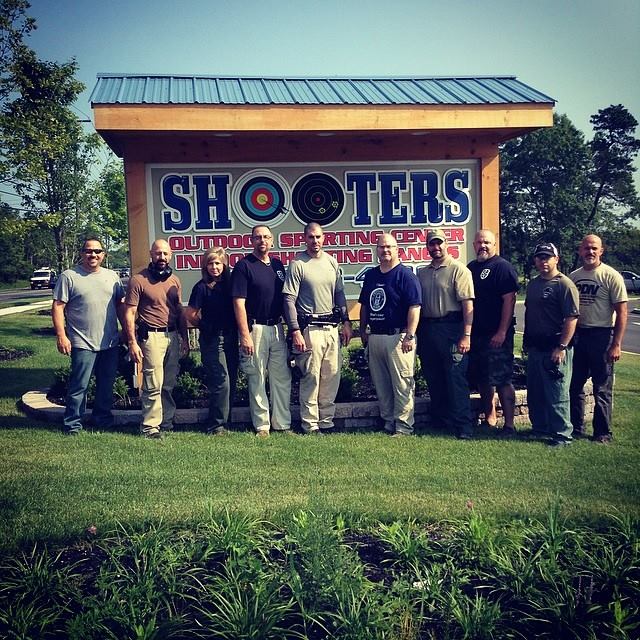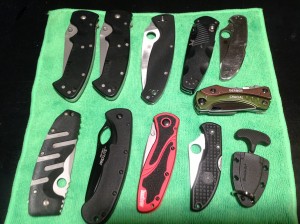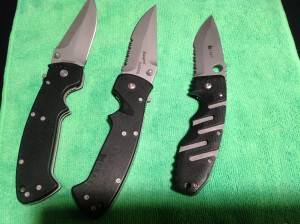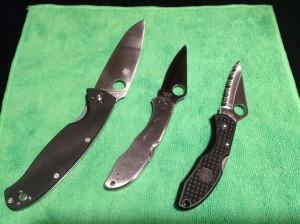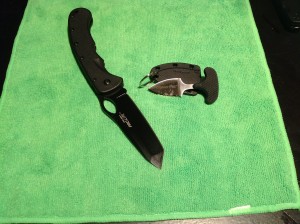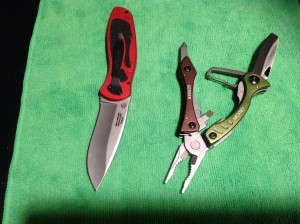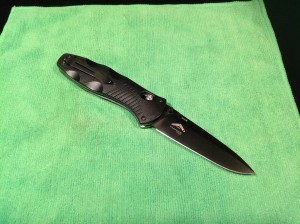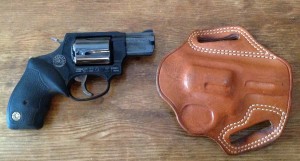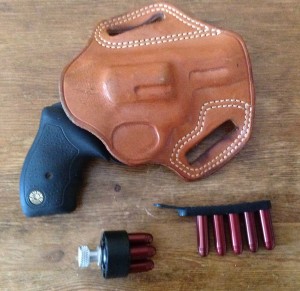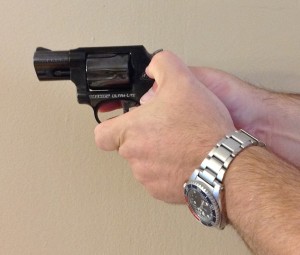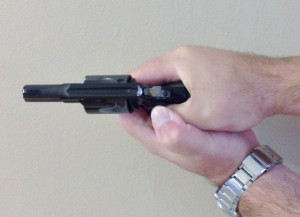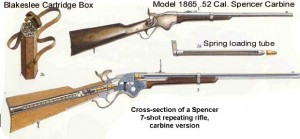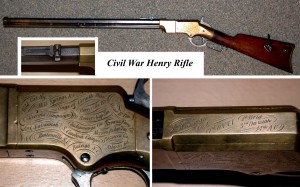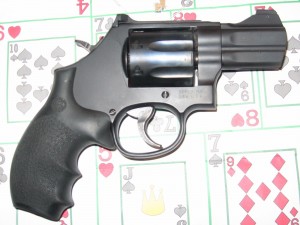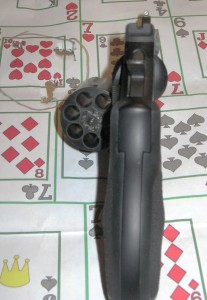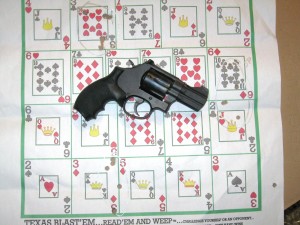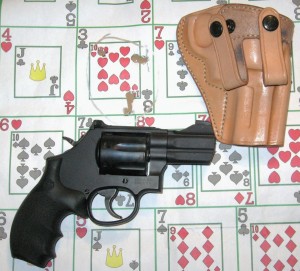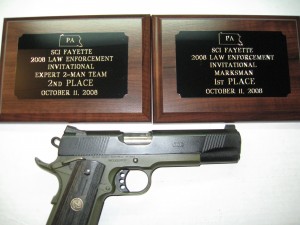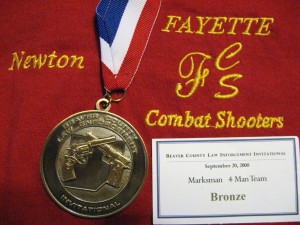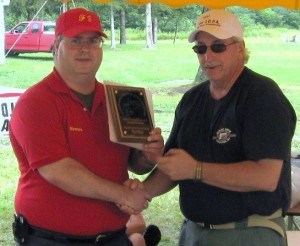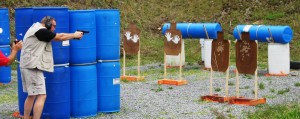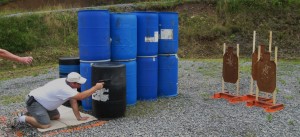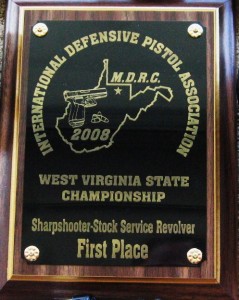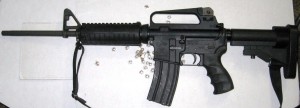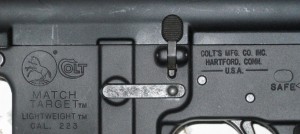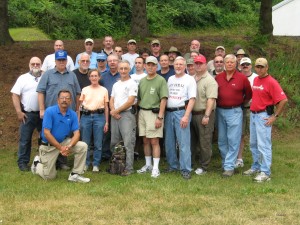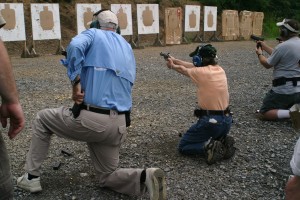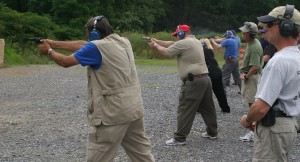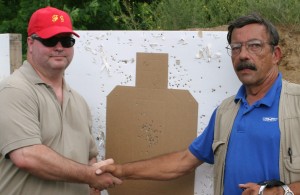I’m tired. My neck hurts, my knees ache and my brain is trying to process a whole lot of new things. I just completed a two day Combat Focus Shooting course with Rob Pincus at Shooters Sporting Center in Little Egg Harbor NJ. (shootersnj.com) If you carry a firearm to defend yourself or loved ones, have an easily accessible gun for home defense, or are an armed professional, you will benefit immensely from the Combat Focus Shooting program.
Maybe you know how to shoot. OK, maybe you’re like me. Small arms training in the Army, firearms instructor for a state Dept. of Corrections, NRA Pistol Instructor, graduate of other private sector trainings, regularly compete in organized shooting events and have a box full of medals and plaques attesting to your skills. Sound familiar?
I got skills, you got skills, we all got mad skills and being firearm professionals we are not adverse to adding to them. Enter Rob Pincus and I.C.E. Training. (icetraining.us) I first became aware of Rob years ago seeing a profile on the Valhalla Training center on one of the cable “gun” shows. Realistic 3D targets and a 360 degree shooting environment was pretty novel at the time. As time went on I began to notice him on TV shows like Personal Defense TV and The Best Defense. He presented well and the segments were informative. With social media I started following him and reading articles and watching videos online. (personaldefensenetwork.com) He posted on Facebook there were openings for an upcoming CFS class in New Jersey. Despite the dread of spending a couple of days in the Garden State, I registered for the class and prepared my equipment. Wait til Mr. Pincus sees what I can do!
The class was small, 7 of us. The range facility was nice and we got started with a course overview and safety protocols. Rob’s demeanor is affable and genuine. He is all business, but has a wit that can’t help but come out. It is obvious he doesn’t suffer fools, yet he encourages questions -GO!- and gives detailed answers based on empirical evidence and research. His mission is to impart the skills that will give the student the best chances of surviving a dynamic critical incident. That means delivering combat accurate shots on the threat as efficiently as you can. This course starts with the premise that a lethal threat to you or an innocent is apparent and you need to engage that threat. Judgement, shoot/no shoot, Ability-Opportunity-Jeopardy are not part of this curriculum. (He and I both recommend Massad Ayoob’s MAG-20 class on the legal aspects of lethal force. )
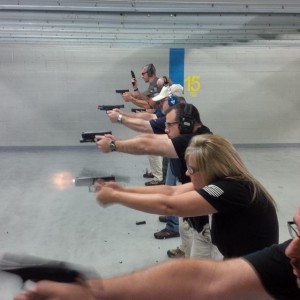 The shooting starts with the basics. Presentation from a high compressed ready position. Extend, touch the trigger, then press through till the shot breaks. If you’ve been taught the “Modern Technique of the Pistol” codified by Col. Jeff Cooper, then you will be quickly removed from your comfort zone. Rob teaches a very aggressive isosceles stance that is in tune with the bodies natural reaction to a threat stimulus and manages recoil effectively. He will not let you get away with an unlocked left arm. Single shots, then multiple shots. Extend! Touch! Press! Put it all together in one motion, then start presenting from the holster. Assess your environment after every engagement. Don’t just look around, gather and process information. Now add lateral motion. Practice emergency reloads without looking at the gun. Move when reloading. Shoot faster, but you have to get the hits. Balance of Speed and Precision. Don’t get into patterns. Vary shot strings and targets of different sizes with alpha-numeric identifiers. It will seem overwhelming at times and your ego will be bruised. Things you were so sure of may come into question. You may have been a runnin’ & gunnin’, tacticool bad ass and are now being yelled at to MOVE!, fumbling reloads, getting that weak arm slapped until its locked and hitting outside the target box. Very humbling to say the least and I’m paying for this?
The shooting starts with the basics. Presentation from a high compressed ready position. Extend, touch the trigger, then press through till the shot breaks. If you’ve been taught the “Modern Technique of the Pistol” codified by Col. Jeff Cooper, then you will be quickly removed from your comfort zone. Rob teaches a very aggressive isosceles stance that is in tune with the bodies natural reaction to a threat stimulus and manages recoil effectively. He will not let you get away with an unlocked left arm. Single shots, then multiple shots. Extend! Touch! Press! Put it all together in one motion, then start presenting from the holster. Assess your environment after every engagement. Don’t just look around, gather and process information. Now add lateral motion. Practice emergency reloads without looking at the gun. Move when reloading. Shoot faster, but you have to get the hits. Balance of Speed and Precision. Don’t get into patterns. Vary shot strings and targets of different sizes with alpha-numeric identifiers. It will seem overwhelming at times and your ego will be bruised. Things you were so sure of may come into question. You may have been a runnin’ & gunnin’, tacticool bad ass and are now being yelled at to MOVE!, fumbling reloads, getting that weak arm slapped until its locked and hitting outside the target box. Very humbling to say the least and I’m paying for this?
Yep. Rob is well schooled in adult learning theory. He seems to know how each student learns and adapts techniques to get the student to perform. He uses failures as a learning opportunity. He is quick to correct and cajole. He doesn’t belittle, but will leave no doubt you can do better and he expects better performance in the next drill. He is careful to make sure each student ends a drill correctly. Even if they have to repeat it. Pure psychology. Always end on something positive.
In two days you will NOT be an invincible gunfighter. In two days you will have been introduced to concepts and techniques that, with continued practice and evaluation, will increase your chances of surviving a dynamic critical incident. If you truly are that firearms professional, always willing to learn, then you need to take a Combat Focus Shooting Class.
